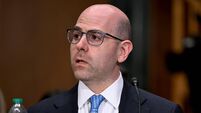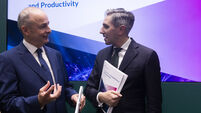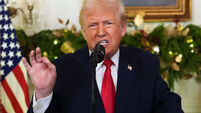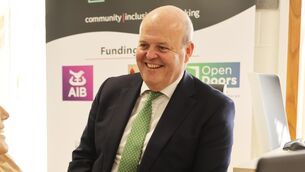David McNamara: Central banks face up to new economic reality

IMF managing director Kristalina Georgieva has laid out the stagflationary impacts of the current trade tensions.
Amid the current heightened economic and trade uncertainty, the ECB delivered, as expected, a 25bps rate cut, bringing its main deposit rate to 2.25%.
While priced in, the focus was on the accompanying statement from the Governing Council and President Christine Lagarde’s press conference. What was clear from the messaging was an emphasis on the downside risks to the economy from the current trade tensions, and in extension, a more dovish outlook for interest rates.











